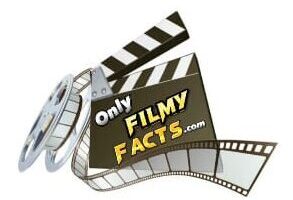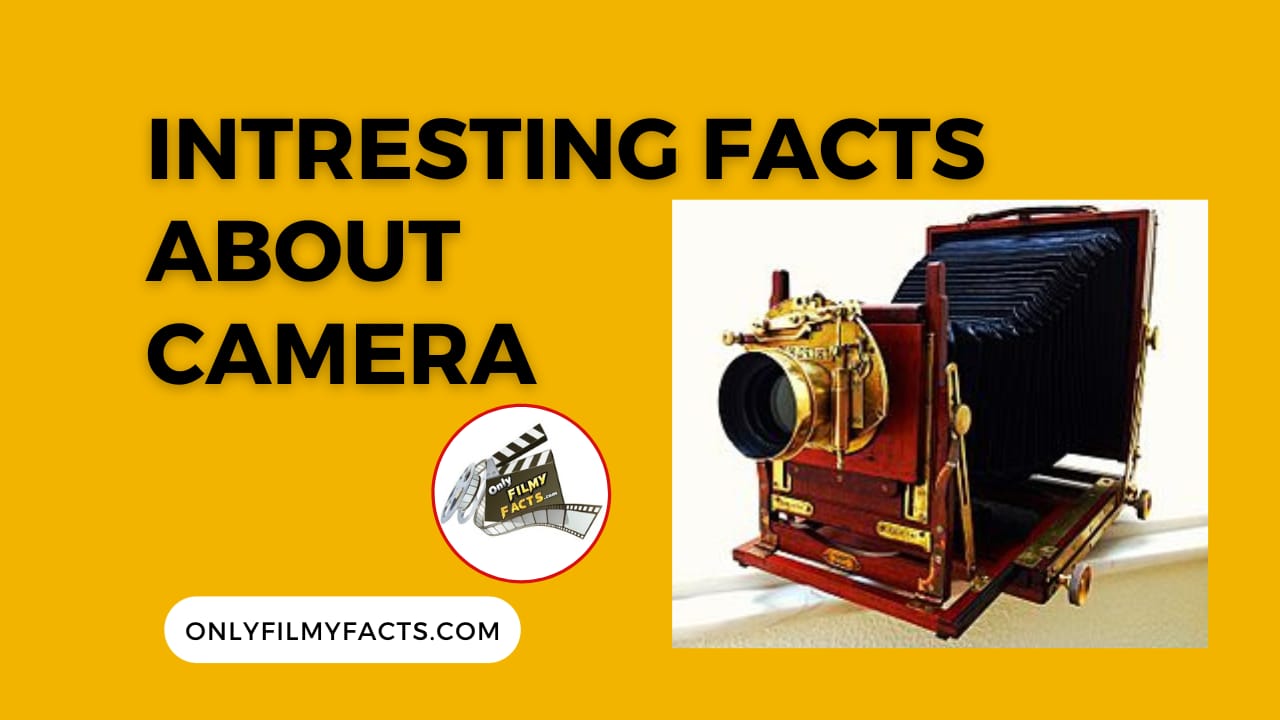Hey Every One Welcome To My Website. In This Article I am Gone To Explain Some Interesting Facts About Camera, Who Invented 1st Camera ?, Who invented Digital Camera’s ? first film-based Cameras, Difference between DSLR & Mirrorless Camera? Certainly! Here are some interesting facts about cameras: Did You Know The word “camera” comes from the Latin word “camera obscura,” which means “dark chamber”
1. Who Invented 1st Camera ?
The story of how the camera was invented is amazing. The first camera was created in 1816 by Nicephore Niepce, a French inventor. His crude camera used silver chloride-coated paper, which resulted in a negative image that was dark where it should have been light. That being said, the history of the camera predates the invention of photography.
From the camera obscura, through numerous photographic technology generations (daguerreotypes, calotypes, dry plates, and film) to the digital cameras and camera phones of today, cameras have undergone significant evolution. The Latin term “dark room” refers to the natural optical phenomenon known as the camera obscura, which served as the model for the photographic camera.

It uses a tiny aperture to project an inverted image of a scene from the other side of a screen or wall onto a surface across from the opening, flipped upside down and from left to right. The earliest known explanation of this principle dates back to the Han Chinese philosopher Mozi (c. 470–391 BC), who made the valid argument that light travels in straight lines from its source, which is why the camera obscura image is inverted.
Ibn al-Haytham, also known as Alhazen, was an Arab physicist who lived from approximately 965 to 1040 AD. He conducted experiments with light in a room that was dark with a small opening, and his findings greatly advanced our understanding of the camera obscura. He is frequently given credit for creating the pinhole camera.
2. Who invented digital Camera’s ?
Using a CCD from Fairchild Semiconductor, Steven Sasson, an engineer at Eastman Kodak, created the 1st recorded digital camera in 1975. Nonetheless, the 1st videotape recorder (VTR) was created in the early 1950s, which is when digital cameras first appeared on the scene. By translating digital data into electrical impulses and recording the data onto magnetic tape, the VTR was able to record live images from television cameras.
The development of Digital Cameras was significantly aided by the private sector as well. The first commercial electronic camera was the Sony Mavica, which was introduced in August 1981. Texas Instruments had patented a film less electronic camera in 1972. Pictures were stored on a mini disc and inserted into a video reader that was attached to a colour printer or television. For use in both professional and domestic settings, Kodak has been developing solid-state image sensors that “converted light to digital pictures” since the mid-1970s.
The first megapixel sensor was created in 1986 by Kodak scientists. It had a 1.4 million pixel resolution and could print digital photos the size of a 5 x 7 inch. Aimed at photojournalists, Kodak introduced the first professional digital camera system (DCS) in 1991. It was a Nikon F-3 camera with a 1.3-megapixel sensor made by Kodak.

3. Who invented the first film-based Cameras?
Film-based cameras have a lengthy and intriguing history. With assistance from Thomas Edison, W.K.L. Dickson created the Kinetograph camera in the late 1880s, and it was patented in 1891. It was the 1st motion picture camera that could be operated entirely within a single housing. But the movie camera’s history dates back to before motion pictures were invented. Eadweard Muybridge set up 24 still cameras along a racecourse in 1878 to capture a horse in motion, creating the first known example of picture photography.

4. What is the difference between Movie Camera & Still Camera?
Still and movie cameras are two distinct kinds of cameras with different uses. A movie camera is made to record multiple moments in time to produce a moving image, while a still camera is made to capture a single moment in time.
There are several differences between Movie cameras and still cameras. Here are few of the key differences:
- Shutter speed: The shutter speed in still cameras is used to either blur or freeze motion. However, we almost always want blur in every frame when it comes to video.
- Sensor size: Professional camcorders and system still cameras share many advantages, and movie cameras have a large sensor. Large sensors and interchangeable lenses provide great image quality.
- Sound: Compared to basic DSLR footage, professional cinema cameras typically record in formats that are easier to edit “in post,” or during the editing stage, and have better sound adoption mechanisms.
I hope this helps!
5. What is the difference between a DSLR and a Mirrorless Camera?
DSLR and mirrorless cameras are two different types of cameras that have their own unique features. Here are some of the key differences between the 2

- Size and weight: DSLR cameras are generally larger and heavier than mirrorless cameras because they have a mirror in front of the camera sensor . Mirrorless cameras, on the other hand, are smaller and lighter because the mirror has been removed from the camera.
- Autofocus: Mirrorless cameras use a contrast-detection autofocus system, which is generally slower than the phase-detection autofocus system used by DSLRs .
- Image previews: Mirrorless cameras use an electronic viewfinder (EVF) to preview images, while DSLRs use an optical viewfinder (OVF) .
- Video: Mirrorless cameras are generally better suited for video recording than DSLRs because they offer features such as focus peaking, silent shooting, and better stabilization .
- Battery life: DSLRs generally have better battery life than mirrorless cameras because they don’t need to power an EVF
I hope this helps!

